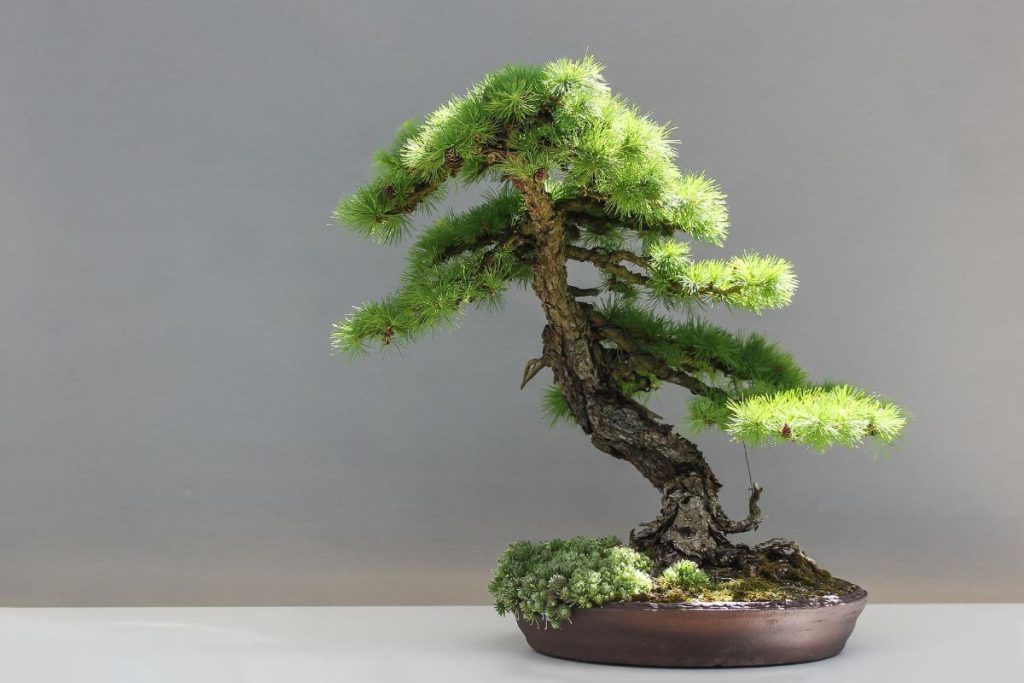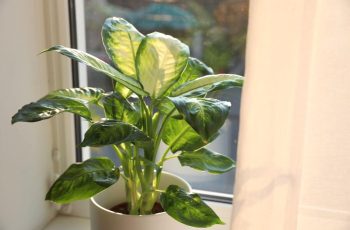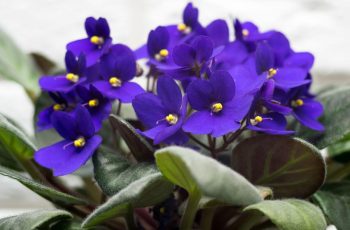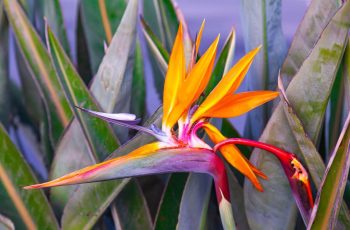Growing bonsai trees is a rewarding hobby that allows you to nurture miniature trees and create living art. Here are essential tips for their care.

Key Takeaways for Bonsai Care
- Bonsai as an Art: “Bonsai” refers to the technique of shaping trees, not a specific species.
- Choosing the Right Variety: Select trees suited for your climate and whether they will be indoors or outdoors.
- Soil Composition: Bonsai soil should balance water retention, drainage, and aeration, tailored to different species.
- Watering Needs: Water when the topsoil feels dry, ensuring thorough saturation.
- Light Requirements: Most bonsai need at least 5-6 hours of sunlight daily.
- Pruning Techniques: Regular maintenance and structural pruning are vital for health and shaping.
- Repotting: Repot every 2-5 years to maintain root health.
Understanding Bonsai Trees
Bonsai trees are regular trees shaped through techniques like pruning and wiring, creating miniature versions that resemble full-sized trees.
Popular Indoor Bonsai Varieties
- Ficus: Resilient with attractive roots.
- Fukien Tea: Glossy leaves and tiny flowers.
- Hawaiian Umbrella Tree: Easy to care for.
- Brazilian Rain Tree: Unique branches and delicate foliage.
- Jade Plant: Low-maintenance succulent.
Outdoor Bonsai Varieties
- Japanese Maple: Vibrant seasonal colors.
- Junipers: Hardy and adaptable.
- Pine: Resilient for outdoor bonsai.
- Chinese Elm: Adapts well to various environments.
Essential Care Techniques
- Soil Requirements: Use akadama, pumice, and lava rock for moisture retention and drainage.
- Watering: Water when the topsoil is slightly dry.
- Light: Ensure ample sunlight; watch for leggy growth.
- Pruning: Regularly maintain shape and encourage growth.
- Fertilization: Use liquid and solid fertilizers based on growth cycles.
- Wiring: Shape branches with anodized aluminum or annealed copper.

Conclusion
Cultivating bonsai trees connects you with nature. With patience and care, you can enjoy the beauty of these miniature trees in your home or garden.




